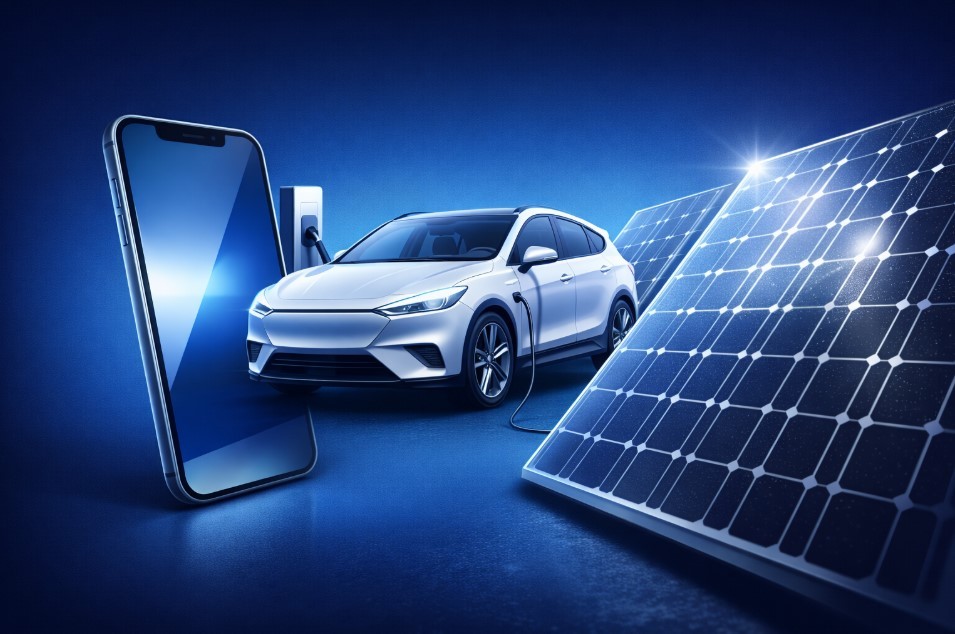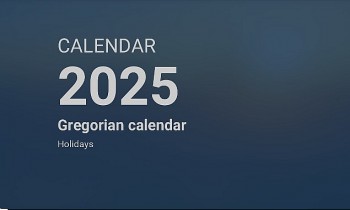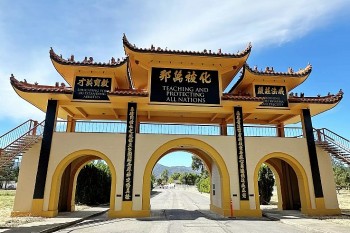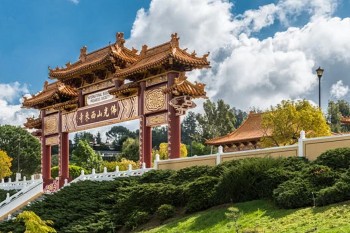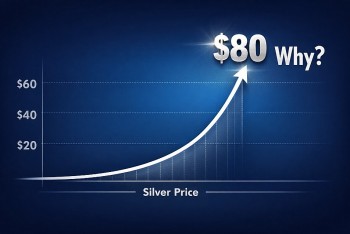Gold Fever: Vietnam Discovers 52 New Gold Mines in 2025, Redrawing Global Mining Map
In a move that has shocked the international mining community, Vietnam has discovered 52 new gold mines in just the first few months of 2025, adding an estimated 40 metric tons of gold to its national reserves.
The announcement comes at a pivotal moment, as global gold prices hit a record-breaking $3,246 per ounce, driven by economic uncertainty, inflation fears, and increasing demand for safe-haven assets.
These discoveries are placing Vietnam firmly on the global mining radar, traditionally dominated by countries like Canada, South Africa, and Australia.
With untapped resources and increasing geological sophistication, Vietnam is emerging as a new strategic player in the global gold and mineral market.
Read more: Gold Fever: Top 11 Largest Gold Mines in the World, By Production
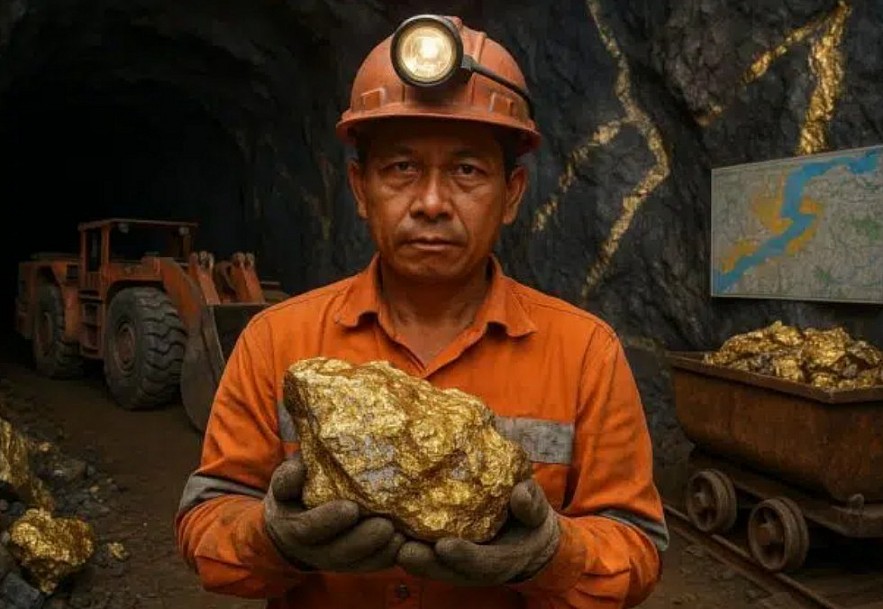 |
| Vietnam is home to approximately 500 gold mining sites across the country |
From Quiet Frontier to Global Hotspot: Vietnam’s Gold Breakthrough
The discoveries are the result of multi-year, government-led geological projects. Spearheaded by the Vietnam Department of Geology and Minerals under the Ministry of Natural Resources and Environment, two major initiatives have yielded unprecedented results:
-
The Northwest Geological Mapping Project (2017–2025) has uncovered 40 gold deposits across mountainous provinces like Lai Châu, Lào Cai, and Yên Bái. Total estimated reserves: 30 tons of gold.
-
The Central-Central Vietnam Mineral Potential Program (2020–2025) added another 12 deposits, totaling over 10 tons of gold and 16.4 tons of silver, across provinces such as Quảng Nam, Kon Tum, Gia Lai, and Đắk Lắk.
These findings double the original exploration targets and increase Vietnam’s total known gold reserves to over 340 tons, a significant jump from the previously confirmed 300 tons from 30 surveyed mines nationwide.
Read more: Top 5 Largest Gold Mines in Vietnam: Reserves, Status, and Economic Impact
More Than Gold: Vietnam's Broader Mineral Wealth
The geological breakthroughs don’t end with gold. According to the Ministry of Natural Resources and Environment, the survey also uncovered 110 mineral sites, including:
-
5 major copper deposits totaling over 13,000 tons of ore
-
Rare earth elements, tin, tungsten, and marble
-
A high-yield zone in Lào Cai with over 420 kg of gold found in a single site
This diversification positions Vietnam not just as a gold producer but as a critical supplier of strategic minerals, aligning with rising global demand for raw materials in tech, defense, and renewable energy sectors.
Read more: Top 10 Countries with the Largest Gold Reserves in the World 2025
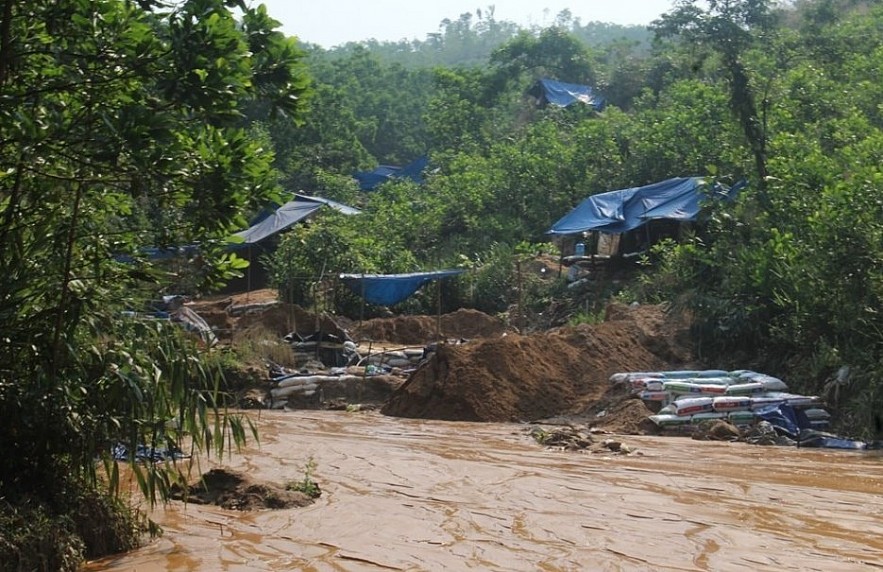 |
| Illegal gold mining in Bong Mieu (Photo: Natural Resources & Environment Magazine) |
Strategic Geography: Untapped Potential in Remote Areas
Many of the new deposits are located in historically underexplored and underdeveloped regions, offering dual potential: geological and economic. These include the Central Highlands and northwestern border provinces, areas often overlooked due to rugged terrain and lack of infrastructure.
Now, with digitized geological maps covering over 13,000 km², Vietnam is laying the groundwork for data-driven, sustainable resource development. These maps are part of the National Mineral Strategy 2021–2030, with a 2050 vision that emphasizes green mining, local economic development, and foreign investment attraction.
Economic and Geopolitical Impact: A New Chapter for Asia
The timing of Vietnam’s gold discovery couldn't be more critical. The global gold market is undergoing a seismic shift:
-
Prices reached $3,246/oz on April 14, 2025 — a 35% increase year-over-year.
-
Central banks, especially in Asia, are stockpiling gold to hedge against currency volatility.
-
Resource security is becoming a geopolitical priority, especially for rare earths and critical minerals.
Against this backdrop, Vietnam's sudden rise in mineral prominence is already attracting attention from global mining corporations, sovereign wealth funds, and strategic investors.
“Vietnam is no longer just an exporter of garments and electronics. It’s on the verge of becoming a key global player in strategic resource supply,” said Dr. Lê Minh Hà, a mineral economist at the Vietnam Institute of Earth Sciences.
Sustainable Development or Resource Rush?
Officials are treading carefully. Lessons from previous mismanaged mines—such as Bồng Miêu, once the country’s largest gold mine, now closed due to environmental and financial issues—are shaping the government’s cautious but optimistic stance.
By integrating exploration data into a centralized digital database and linking it with national land-use planning, Vietnam aims to avoid the pitfalls of uncontrolled mining. This framework prioritizes eco-friendly exploration, local benefit-sharing, and long-term economic returns over short-term exploitation.
The Global Gold Race: Is Vietnam the New Challenger?
Vietnam’s entry into the top tier of gold-producing nations comes at a time when traditional mining powerhouses like Brazil, South Africa, and Canada are facing rising costs, stricter regulations, or declining yields. In contrast, Vietnam offers:
-
Abundant unexplored terrain
-
Growing domestic industrial demand
-
A pro-mining government stance with modern regulatory frameworks
With more exploration ongoing, experts believe this is just the beginning.
“This isn’t just a discovery—it’s a strategic repositioning,” said international mining analyst Edward Zhou. “Vietnam could shift the balance in Asia’s resource supply chain and play a major role in stabilizing global precious metals markets in the years to come.”
Conclusion: Vietnam’s Golden Moment
What started as a quiet geological campaign has transformed into a national milestone with global implications. With a combination of advanced mapping, regulatory foresight, and international market timing, Vietnam is poised to become not just a gold producer—but a mineral power.
| In the global race for gold, Vietnam is no longer watching from the sidelines. It’s setting the pace. |
FAQs – Frequently Asked Questions
1. How many new gold mines has Vietnam discovered in 2025?
Vietnam has discovered 52 new gold mines in the first quarter of 2025, adding an estimated 40 metric tons of gold to its national reserves.
2. Where are these new gold mines located?
The mines are located across two key regions: the Northwest (Lào Cai, Lai Châu, Yên Bái) and Central-Central Vietnam (Quảng Nam, Kon Tum, Gia Lai, Đắk Lắk, and western Đà Nẵng).
3. What is the estimated value of the newly discovered gold?
At the current global gold price of $3,246 per ounce, the 40 tons of gold equates to over $4.1 billion USD in potential value.
4. Is Vietnam also rich in other minerals?
Yes. In addition to gold, Vietnam's geological surveys in 2025 have identified 110 other mineral deposits, including copper, rare earths, tungsten, and marble.
5. Why is this discovery important to the global gold market?
Vietnam’s entry into large-scale gold production diversifies global supply sources at a time when prices are at record highs and demand is surging worldwide.
6. How is Vietnam ensuring sustainable mining?
Vietnam is digitizing geological data, aligning exploration with national land-use planning, and emphasizing environmental safeguards to avoid past issues like those seen at Bồng Miêu mine.
7. Will Vietnam allow foreign companies to invest in gold mining?
Yes. The Vietnamese government has signaled openness to international partnerships, especially those aligned with sustainability and high-tech exploration methods.
 Global Gold Prices Surge Amid Economic Uncertainty and Trade Tensions Global Gold Prices Surge Amid Economic Uncertainty and Trade Tensions As of March 14, 2025, global gold prices have reached unprecedented levels, nearing the significant $3,000 per ounce mark. |
 Investors Brace for $4,000 Gold: What’s Fueling the Dramatic Price Surge? Investors Brace for $4,000 Gold: What’s Fueling the Dramatic Price Surge? Gold Prices Poised to Skyrocket: Expert Forecasts Predict Record Highs of $3,500 to $4,000 per Ounce. |
 Gold Price Retreats from Record Highs: What’s Next for the Precious Metal? Gold Price Retreats from Record Highs: What’s Next for the Precious Metal? After soaring above $3,100 per ounce, gold prices have pulled back sharply. Is this a temporary dip or the start of a broader correction? |





